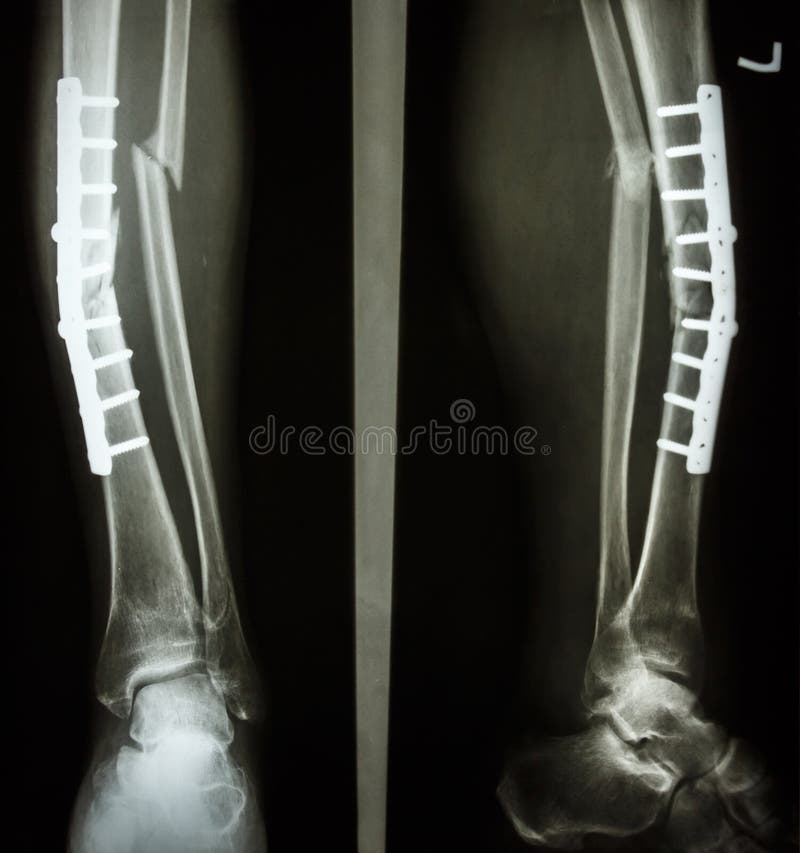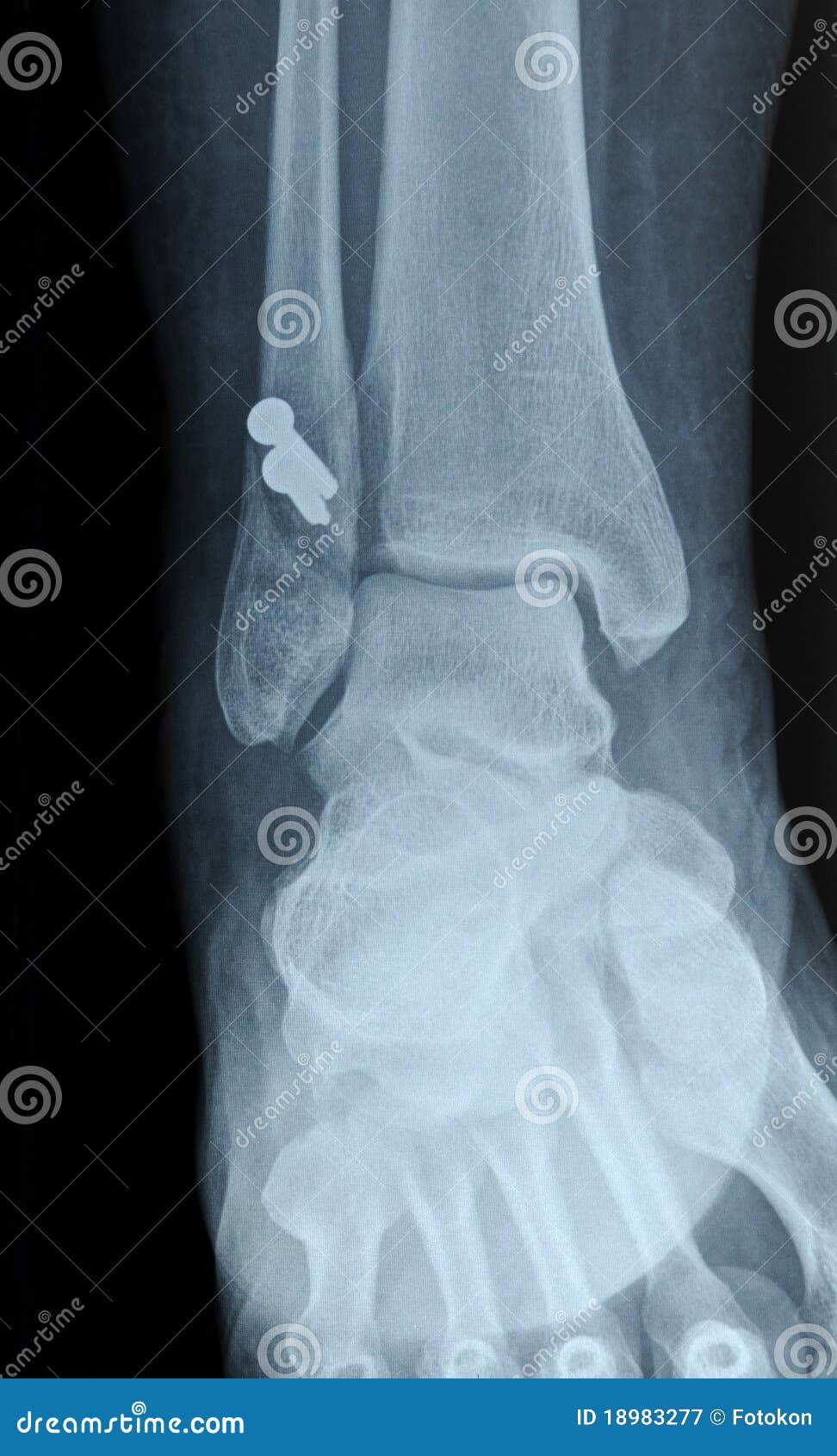

It is named after Jules Germain Francois Maisonneuve, French surgeon (1809-1897) 1,4. reduction and stabilization of the fibular fractureįracture involving distal 2/3 of the fibula may compromise ankle mortise, and so may benefit from surgery 6įracture involving proximal 1/3 fibula often managed non-operatively At the ankle joint, the fibula is often called the lateral malleolus and when the fibula is broken at the ankle it may be. Most of your weight is carried by the larger bone of your leg called the tibia (shin bone). ligamentous injuries may be managed non-operatively Ankle Fractures (Fibula) The fibula bone is a long thin bone on the outside of the leg that extends from the knee to the ankle. Reduction and stabilization of medial malleolus fracture and/or ligamentous injuries 6 In some cases, internal fixation of a posterior malleolar fracture fragment may result in sufficient stabilizationįixation screws may or may not be removed after several weeks of healing 6 It is either a sudden onset acute fracture or a gradual onset stress fracture. bioabsorbable constructs, syndesmotic staples, hooks, or cerclage wires) A fibula fracture is a break of the fibula bone in the lower leg. commonly achieved by trans-syndesmotic screws. Alternative stabilization mechanisms exist (e.g. Internal fixation of the distal tibiofibular syndesmosis 6 Treatment and prognosisĪlthough management is variable depending on the complexity of injuries, this type of fracture pattern is generally managed by operative treatment.
#Fracture fibula plus
The Maisonneuve fracture is defined by the above findings plus a proximal fibular fracture (high Weber C), usually in the proximal third 7. The Fibula helps in stabilizing and supporting the leg, body, ankle, and leg muscles. When these ankle injury types are seen without a fracture of the lateral malleolus, further imaging of the entire fibula is recommended. A fractured fibula can be difficult to detect without the use of an X-ray. It can detect broken bones, and after a broken bone has been set, help determine if it has healed properly.Ankle views may show a fracture of the medial malleolus or widening of the medial ankle joint space due to deltoid ligament injury, as well as widening of the distal tibiofibular syndesmosis. X-Ray Exam: Lower Leg (Tibia and Fibula)Īn X-ray of the tibia and fibula can help find the cause of pain, tenderness, swelling, or deformity of the lower leg.
#Fracture fibula how to
Find out how they work and how to take care of them in this article for kids. Some injuries will heal best if a cast is used. The musculoskeletal system supports our bodies, protects our organs from injury, and enables movement. 'An acute fracture will generally take longer to recover from than a stress fracture because there has been more disruption,' says Dr. ORIF Fibular Fracture Post-Operative Protocol Phase I- Maximum Protection (Weeks 0 to 6) Phase II- Range of Motion and Early strengthening (Weeks 6 to 8). Part of injury that includes a tibia fracture. Ankle injuries, like many fractures have a bimodal distribution. They are the extension of a lateral collateral ligament injury. Without bones, muscles, and joints, we couldn’t stand, walk, run, or even sit. Three types of fibula fracture: Caused by injury to the ankle joint. Distal fibular fractures are the most common type at the ankle and are usually the result of an with or without rotation. Our bones, muscles, and joints form our musculoskeletal system and enable us to do everyday physical activities. Here’s what to expect, and how to care for casts. The lower ends of your fibula and tibia come together. proximally follow in line with the biceps femoris tendon. Make linear longitudinal incision along the posterior border of the fibula (length depends on desired exposure) may extend proximally to a point 5cm proximal to the fibular head. Your fibula is a smaller, thinner bone in your lower leg. may be done supine with bump under affected limb or in lateral position. Your tibia is the big bone in your lower leg and is sometimes called your shinbone. Anyone or a combination of these methods can be effective in fractured fibula recovery. Your ankle joint consists of your tibia, your fibula and your talus. In a broken fibula and tibia surgery, depending on the seriousness of the fracture, closed reduction, open reduction, internal fixation, external fixation, or percutaneous pinning will be used to treat.

How long does a broken bone take to heal? Find out!Ĭasts keep bones and other tissues in place while they heal. An ankle fracture happens when you break one or more bones in your ankle joint. How Long Does it Take for a Broken Bone to Heal?.Here’s what to do if you think your child just broke a bone. Here’s what to expect.Ī broken bone needs emergency medical care. Many kids will have a broken bone at some point.


 0 kommentar(er)
0 kommentar(er)
